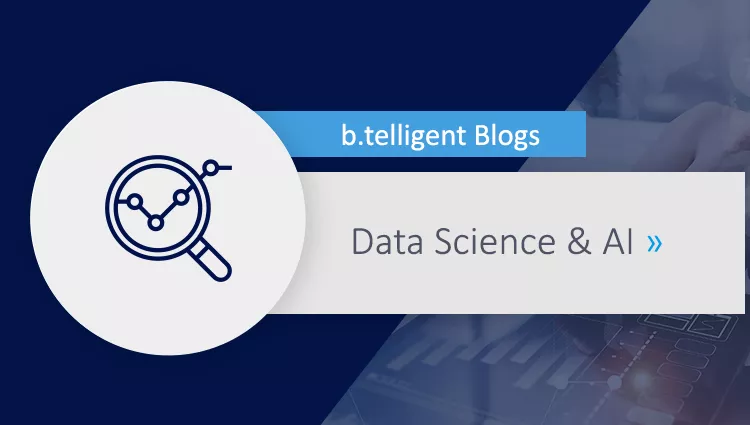Need to replace Google IoT core by August? Then this series of blog posts is the right place for you! In this second part, we will show you which equivalent services from Azure or AWS you can use instead of Google's IoT core. Click here for part 1.
Why replace Google's IoT core with a multi-cloud solution?
For many companies, it is common practice to rely on a collaborative model involving different partners or suppliers. This has the advantage of avoiding dependence on a single enterprise and enabling reliance on others in case of supply bottlenecks. In the technological sector, this approach is similar to the one in the manufacturing sector: You don't want to be dependent on just one supplier! And because every cloud has individual strengths and weaknesses, the following question quickly arises: Why not combine the strengths of different cloud providers? The answer to this question is the multi-cloud approach.
Possible reasons for shutting down the IoT core can be found in the first part of this blog series. Existent customers can now turn this shutdown into an advantage by benefitting from the other cloud providers. The shutdown mainly affects the following areas:
- Device connectivity
- Device management:
- IoT data ingestion
In this part of the blog series, we want to explain how these topics can be handled in a multi-cloud approach. Microsoft Azure and Amazon Web Services offer the possibility to connect IoT devices to the cloud and then store and process the data through the services provided by Google.
How do I use Microsoft Azure's IoT services?
The most commonly used services from Azure's IoT range are the Azure IoT hub, Azure IoT edge and digital twin service. The complete list of all IoT services can be found here. In our architecture example, the above-mentioned services comprise the basis and are extended with the Azure function and an Eventhub.
The Azure Eventhub forms the interface to the Google cloud and enables (near-)real-time data transfer to Google's PubSub service. As options, IoT edge and the digital twin service can replace Google's IoT edge and extend the existent IoT implementation. Many companies find it important for their IoT solution to include the possibility of auto-scaling and automatic device management. To make this possible, Microsoft offers a device provisioning service. Firstly, this can be used as a kind of load balancer for the IoT hub, and secondly, it enables automatic registration of devices with the IoT hub.
The countdown is on - we show you the alternatives!
How do I use Amazon Web's IoT services?
The AWS IoT stack offers solutions for various sectors and use cases. A complete overview of existent IoT services, reference architectures and industry solutions can be found here. The basis of every IoT solution is the AWS IoT core which enables devices to send data to the cloud via MQTT, AMQP or HTTP Websocket. In this architecture example too, the IoT core is at the focus and will be extended with further services.
Amazon's Kinesis data streams form the interface to the Google cloud. The IoT core sends received data via an IoT rule to the data streams, which then forward the data to Google's PubSub service in (near-)real time. AWS IoT Greengrass and IoT Sitewise – similar to the architecture for Microsoft Azure - are potential extensions and replacements for Google's IoT edge. As with the Microsoft solution, AWS also offers the possibility of automatic device management. AWS IoT device management enables customers to monitor, manage, and register a large number of devices. Furthermore, integration with the AWS IoT core and IoT device defender offers the possibility to check and constantly monitor security levels.
Benefit from Azure & AWS!
As already evident from the sample architecture illustrations, further services from both cloud providers can be used to extend existent IoT solutions. The edge services offer various modules for processing data on the edge and connectors for linking different devices. Further services for managing IoT devices can also simplify work between OT and IT. In addition to a variety of cloud services, Amazon and Microsoft both offer specially developed operating systems for microcontrollers. With FreeRTOS from Amazon and Azure RTOS from Microsoft, both cloud providers offer powerful real-time operating systems (RTOS). These operating systems can be used to increase the security of IoT devices and reduce the complexity of cloud connections.
You want to replace the IoT core with a multi-cloud solution and take advantage of other IoT services from Azure or Amazon Web Services? Contact us and we will support you in implementation with our expertise and b.telligent's partner network!













